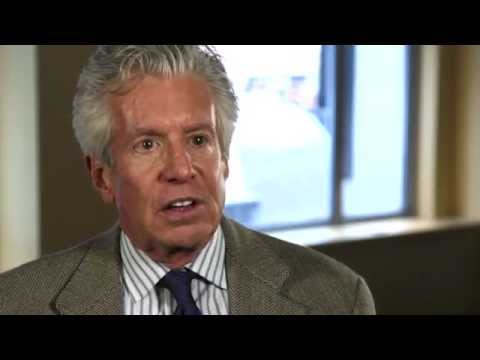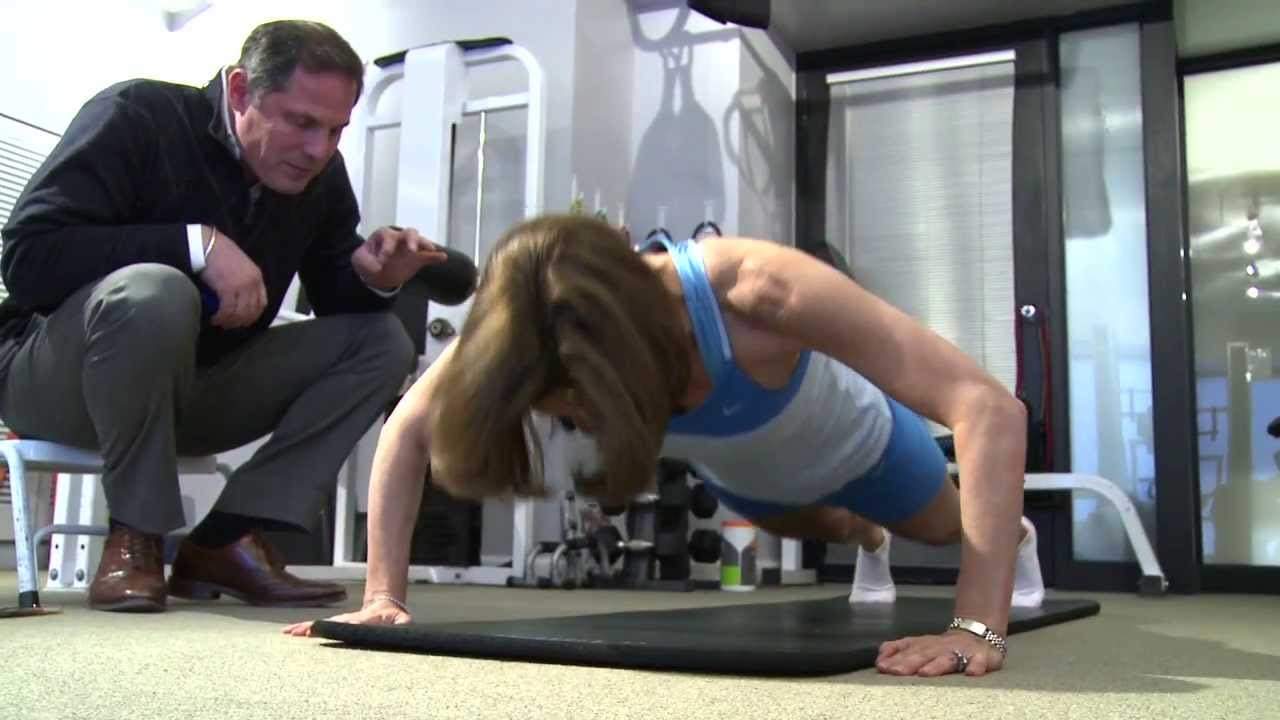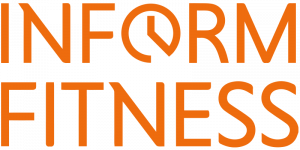Studies Suggest Stretching Does Not Improve Performance, Prevent Injury or
Reduce Soreness
While at a local park with my family, I looked over toward the soccer fields and watched the athletes preparing for their match. There they were, sporting team shirts and gracefully bending, turning and bowing as they stretched to get ready.
My wife had to hold tightly onto my arm to prevent me from running out onto the field and yelling STOP.
Their coach must not be keeping up with the latest sports medicine reports nor read the recent NY Times Article reporting that stretching isn’t a good way to start off any sports activity or exercise routine.
We’ve heard a lot about stretching. Stretch to warm up before a workout; stretch to improve your flexibility; stretch to loosen your joints and muscles… And we we’ve been led to believe that stretching is a pre– (fill-in your activity) best practice that will improve performance and reduce the risk of injury. Moreover, post-exercise stretching will prevent soreness.
Well, that’s a bit of a stretch.
There are some good stretches. Watching a cat or a dog rise from a nap, they might take a luxurious and gentle stretch. Mother Nature and animal instinct know something and we humans should take note. A gentle stretch can realign the spine and wake up tight muscles. These kinds of stretches are a good thing. If you want to practice a good stretch technique upon waking, or post desk sitting marathon, I encourage you to mimic your cat or dog’s routine. If you don’t have a dog or cat, borrow a neighbor’s.
If we stick with Mother Nature and animal instinct as a common sense guide, then we wouldn’t stretch either pre or post exercise. I’ve yet to see a dog doing any warm up stretches before engaging in ball fetching or squirrel chasing – both of which require speed, strength and endurance.
However, anecdotal observations rarely quell the intellectual curiosity or the skepticism of mankind (or our clients), therefore scientific studies are required.
What these studies observed is that stretching (Studies noted at the end of this post):
- does not contribute to flexibility
- does not “warm-up” your muscles
- reduces your strength
- leaves joints and ligaments vulnerable to injury and
- can actually cause injury
Stretching Does Not Improve Flexibility: Your muscles have a primary function to protect joints and ligaments, and each muscle has a limited range of motion in order to hold its protective position. Stretching the muscles actually weakens the tendons and ligaments, and that puts you at risk for injury, it doesn’t make you more flexible.
In fact, during these studies it was observed that the increased range of motion resulting from stretching might be a result of an increase in stretch tolerance. That is, stretching does not improve tissue compliance (flexibility); rather, the stretching exercises increase stretch tolerance (the ability to withstand the pain) during the stretching procedure.
Stretching Does Not “warm-up” Your Muscles: The idea of stretching to warm up is misleading. Stretching actually puts your muscles into a cold state. Stretching pulls muscles and does not contract them. Since blood is drawn in during the contraction, stretching actually denies your muscles the metabolic activity that stimulates a warm-up. Should you practice stretching to warm up you are actually engaging a ‘cold’ muscle in its weakest, most vulnerable position.
Stretching Makes You Weak: As you stretch your muscles, you are actually putting them into a weaker state and depleting the blood surge needed to both muster the power and sustain the endurance.
There have been several experiments and studies measuring strength variations in pre stretch versus no pre stretching before a physical activity. Earlier this year, one such study produced findings that stretching before weight lifting actually left test subjects weaker during their workout. A recent compilation and analysis of data from previous stretching studies revealed:
- an average reduction of strength in stretched muscles by 5.5%
- muscle power falls by about 2% after stretching
- explosive muscle performance drops by as much as 2.8% after stretching
Regardless of your status – professional athlete, weekend sports warrior, avid tennis player or golfer – the facts indicate that stretching will negatively affect your performance by reducing your strength and muscle power.
Stretching Leaves Joints and Ligaments Vulnerable to Injury: Another concept presented in recent studies is the observation that sarcomere (the most basic contractile units of muscle) length in an active muscle is heterogeneous (meaning that they aren’t all the same length). This is significant because when some of the shorter sarcomeres are stretched to the point that the actin and myosin filaments do not overlap, the force being absorbed is transmitted to the muscle fiber cytoskeleton, resulting in fiber damage. The loss of energy-absorbing capacity of overstretched sarcomeres is of importance indicating a higher risk of joint injury.
Over Stretching Can Cause Injury: Stretching isn’t for novices. Stretching should be guided by a trained physical therapist. The basic science literature has shown that stretching a muscle as little as 20% of its resting length, which can occur during correct stretching techniques, can produce damage in isolated preparations. These findings indicate that it may be difficult to define the correct stretching techniques to reduce injury risk.
Another study presented at the American College of Sports Medicine meeting in 2006 revealed the results of measuring strength before and after stretching, to conclude that post stretch muscles were actually weaker, not stronger.
So why would you stretch your muscles out to its weakest point before swinging your tennis racket, golf club or lifting weights? You would be better served warming up with some light shadow boxing, or jogging in place.
And for our golfers: A study on stretching before professional golf tournaments revealed, “The results of this inquiry strongly suggest that a total-body passive static stretching routine should be avoided before practice or competition. Results of paired t-tests revealed significant decreases in club head speed and distance.”
REFERENCES
Journal of Athletic Training, National Athletic Trainers Association. Stretching Before and After Exercise: Effect on Muscle Soreness and Injury Risk – J. C Andersen
Bischoff C, Perrin DH. Injury prevention. In: Schenck RC, ed. Athletic Training and Sports Medicine. 3rd ed. Rosemont, IL: American Academy of Orthopedic Surgeons; 1999:50–53.
Irvin R, Iversen D, Roy S. Sports Medicine: Prevention, Assessment, Management, and Rehabilitation of Athletic Injuries. Needham Heights, MA: Allyn & Bacon; 1998: 26–29.
Cheung K, Hume PA, Maxwell L. Delayed onset muscle soreness: treatment strategies and performance factors. Sports Med. 2003;33:145–164.
Fahey TD, Insel PM, Roth WT. Fit and Well. 5th ed. Boston, MA: McGraw-Hill; 2003.
Pope RP, Herbert RD, Kirwan JD, Graham BJ. A randomized trial of pre-exercise stretching for prevention of lower limb injury. Med Sci Sports Exerc. 2000;32:271–277.
Sackett DL, Straus SE, Richardson WS, Rosenberg W, Haynes RB. Evidence-Based Medicine. New York, NY: Churchill Livingstone; 2000:133–138.
Shrier I. Stretching before exercise does not reduce the risk of local muscle injury: a critical review of the clinical and basic science literature. Clin J Sport Med. 1999;9:221–227.
![]()











